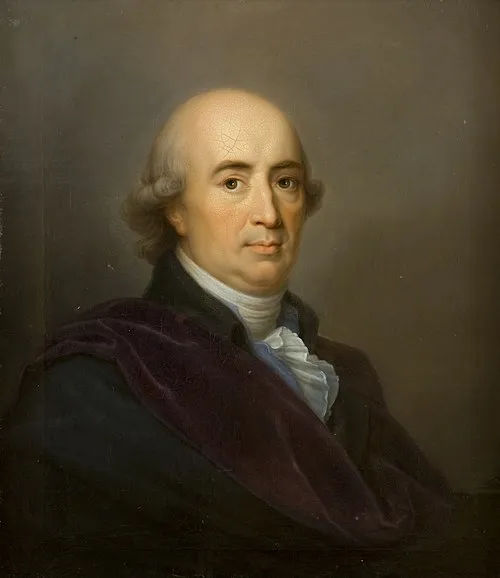
Full Name: Ludwig II of Bavaria
Title: King of Bavaria
Birth Year: 1845
Death Year: 1886
Reign: 1864 to 1886
Notable for: Building Neuschwanstein Castle
Nickname: The Swan King
Mental Health: Known to have suffered from mental health issues
Mysterious Death: Died under mysterious circumstances in 1886
1845 – Ludwig II of Bavaria, King of Bavaria (d. 1886)
The Enigmatic Legacy of Ludwig II of Bavaria
Born in the opulence of Nymphenburg Palace, Ludwig II emerged into a world filled with both privilege and pressure. As the heir to the Bavarian throne, he was surrounded by the grandeur and expectations that came with royal lineage. However, his early years were marked by isolation and a longing for something beyond the rigid confines of royal duties.
Despite this, young Ludwig found solace in his imagination. He became enamored with tales of knights, mythical creatures, and far-off realms perhaps these early fascinations would later inform his unparalleled approach to kingship. At just 18 years old, upon ascending to the throne after his father’s death, he confronted an empire rife with political turmoil and social unrest.
Ironically, while many expected him to embrace traditional governance, Ludwig was drawn into a dreamlike pursuit. His reign began amidst whispers of revolution as citizens clamored for reform; however, instead of addressing their concerns directly, he retreated further into his fantastical visions. He sought refuge in building extravagant castles Neuschwanstein being the most famous among them often referred to as 'the fairytale castle.' It wasn’t just about aesthetics; it symbolized Ludwig’s desire to escape reality.
Historians recount that Ludwig's ambitions extended far beyond mere construction projects; he aimed to create a cultural renaissance in Bavaria. This quest was evident through his patronage of Richard Wagner a composer whose music echoed themes reflective of German folklore and mythology. Their relationship blossomed into one marked by mutual admiration yet fraught with tension as Wagner's fame grew alongside tumultuous public opinion.
Perhaps one could argue that Ludwig's greatest folly lay in allowing personal aspirations to overshadow political responsibilities. His lavish spending on grandiose palaces strained Bavarian finances at a time when prudence was paramount. Amidst critiques from advisors and subjects alike who viewed him as irresponsible or even mad the King persisted on creating environments reminiscent of theatrical fantasies rather than engaging earnestly with state matters.
The Shadowy Depths: A Mind Untamed
Ludwig's reign continued along this path until it reached a tipping point his government grew increasingly anxious over what they perceived as erratic behavior. In 1886 a year shrouded in mystery he found himself declared insane by an assembly of doctors orchestrated by those seeking control over Bavaria’s crown jewels . It is said that they feared what would happen if their ruler turned further away from reality.
This decision proved catastrophic; shortly thereafter came news that he had mysteriously drowned in Lake Starnberg under dubious circumstances alongside one physician who had declared him unfit for rule! Speculation swirled around whether it was suicide or foul play but ultimately left questions surrounding sanity versus genius hanging like heavy curtains around Neuschwanstein itself!
A Legacy Carved in Stone
Despite his untimely demise at just 40 years old and perhaps because history loves dichotomies Ludwig has transformed over time from “Mad King” into something much more complex: an enduring symbol reflecting humanity’s ceaseless struggle between duty versus desire! His vision continues captivating millions who visit those same palatial structures once deemed absurdities!
Who knows how many modern architects have drawn inspiration from Neuschwanstein? Its storybook charm has influenced countless designs worldwide from Disney parks celebrating magic across continents down through generations! But it goes beyond mere aesthetics it reflects society's longing for escapism amid fast-paced realities!
This longing resonates especially today amongst younger generations navigating pressures unlike any before them the echoes echoing within their TikToks showcasing transformations resembling our once-enigmatic monarch! The 'lone wolf' archetype reverberates loudly throughout pop culture a nod back towards loneliness woven deeply within each creation whether consciously acknowledged or not!
Cultural Reflections: A Mirror on Society
Ludwig II stands not only tall amid Bavarian lore but also serves profoundly as a mirror reflecting societal issues facing modernity: mental health struggles masked behind glory-filled façades all too relatable today! Artists wield creativity like swords slashing away facades hiding truths beneath ethereal façades promising security while perpetuating isolation…how eerily familiar is such imagery now?
This intertwining narrative persists throughout literature tackling themes akin towards despair wrapped tightly within beauty a juxtaposition encapsulated fully within passionate endeavors attempting relentlessly seeking authenticity even if buried under layers upon layers feeling lost inside oneself...
An Enduring Tale Beyond Time
As we reflect upon everything comprising this enigmatic king from childhood dreams sparked amidst marble halls leading onward toward tragic ends it becomes evident how resonantly poignant all remains alive today;



